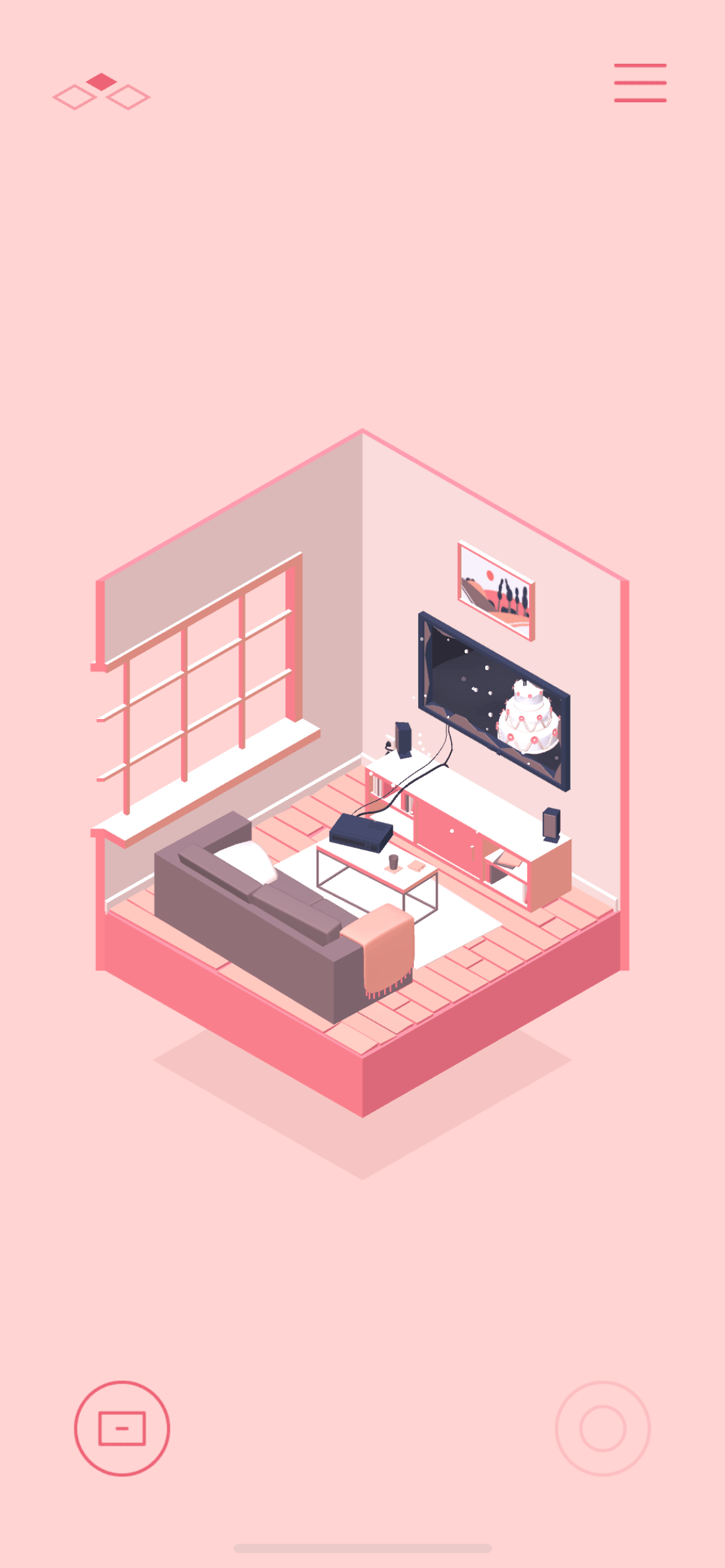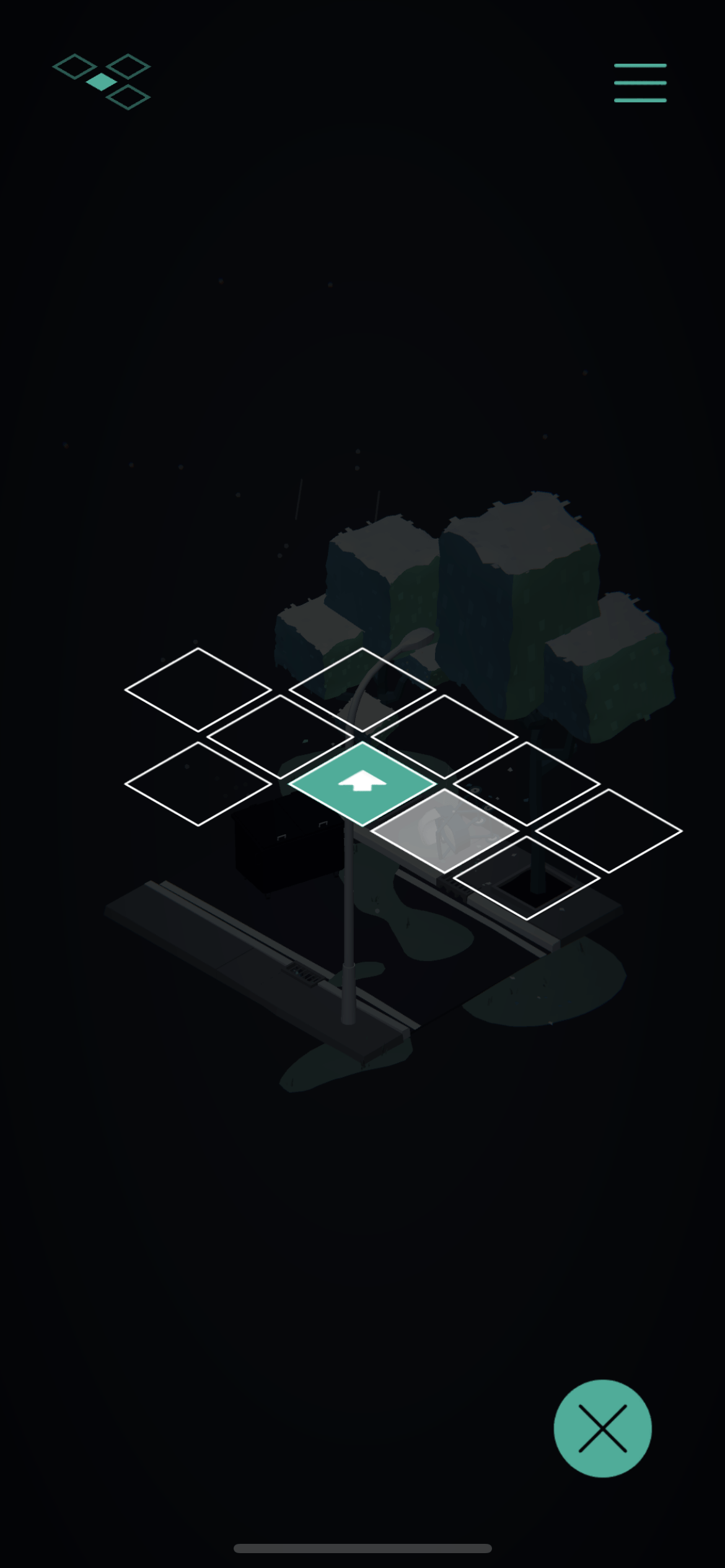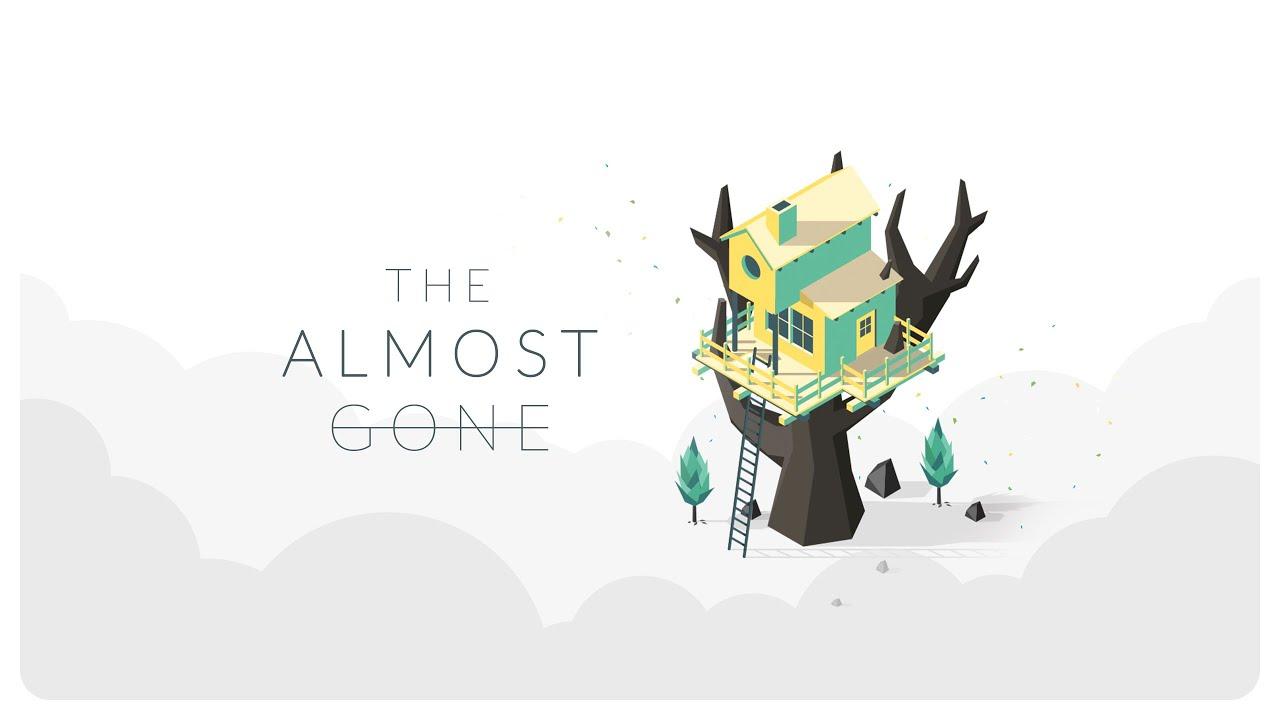For my critical play, I decided to play through The Almost Gone, a puzzle game developed by Playdigious and released on iOS. The Almost Gone is rated 12 and up for some mature themes such as death, mental health, and alcohol abuse, and I would say its audience includes explorer players due to the emergent narrative. I played The Almost Gone on my iPhone over the span of about 2 hours, and finished three out of the five “acts” of the story. Throughout the three acts I played through, I encountered many smaller puzzles, most of which incorporated familiar mechanics (such as lock and key) with narrative elements (such as backstory about the protagonist’s father). Overall, I found that the combination of familiar elements with emerging narrative enhanced the immersion, and naturally served to guide me through the puzzles without holding my hand too much.
The familiar mechanics allowed me to focus most on the narrative arc, rather than having to learn many new puzzle mechanics. For example, the screenshot included below shows one of the puzzles in Act I of The Almost Gone. This puzzle involves a combination safe with a clue that involves a drink, a pill bottle, and a pregnancy test. Since I am already familiar with the mechanics of a safe, I know that I will be looking for three numbers, and I can focus on the drink, pill bottle, and pregnancy test. In this example, these three items relate to the protagonist’s mother, and reveal that she had antidepressant medication, which she mixed with alcohol against her doctor’s orders, and she had a positive result on a pregnancy test. I was free to explore her backstory and see how it adds to the narrative without having to worry about how to solve the puzzle, all because it was a familiar mechanic. There are several other cases of this throughout The Almost Gone, and the overall effect of these mechanics is a level structure. As explained in our last sketchnote (Game Architecture), the level structure usually involves a central gameplay loop, while a narrative arc unfolds. In the case of this game, the familiar puzzle mechanics (lock and key, combination locks, etc) serve as a central gameplay loop which allows the narrative arc to emerge. This effectively makes the player much more engaged with the storyline, since they can focus their attention to the narrative arc.
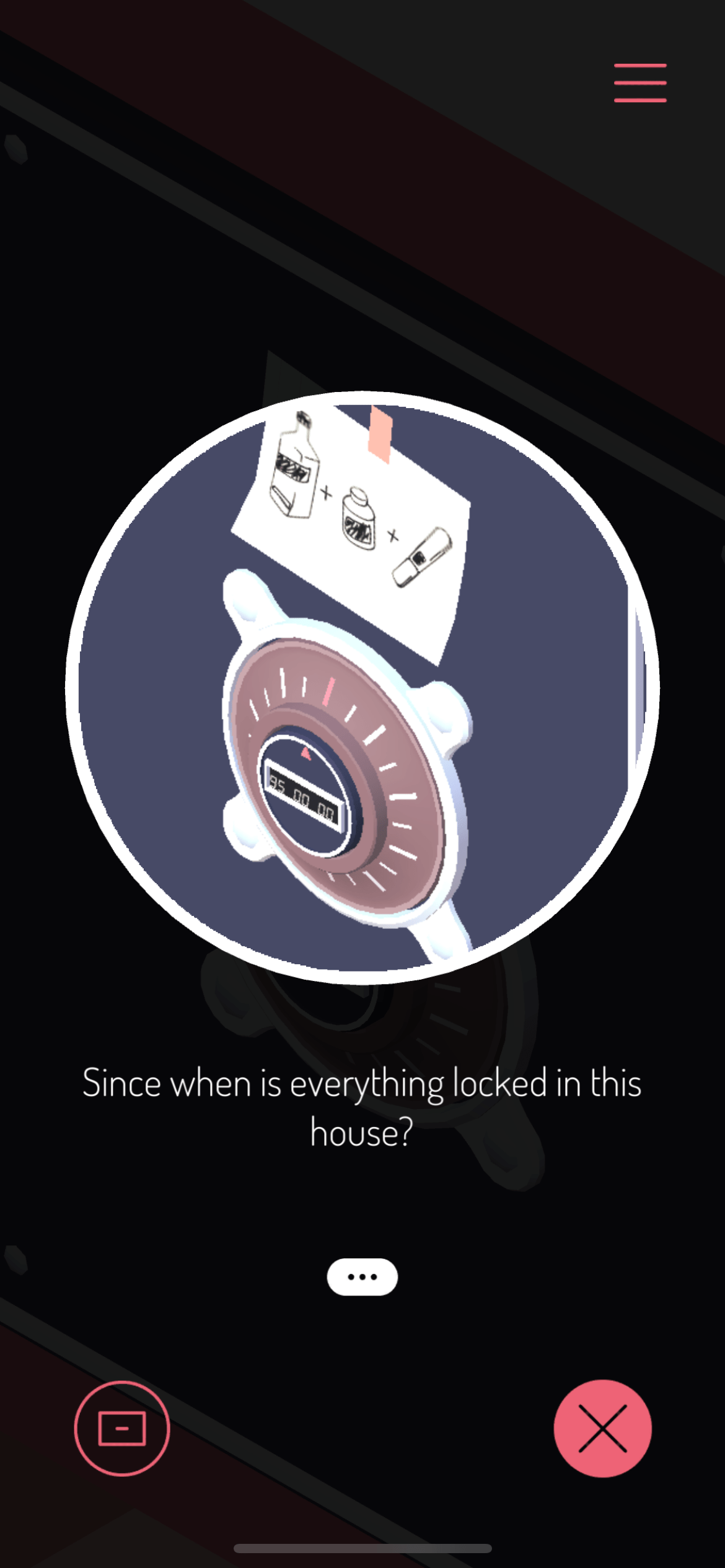
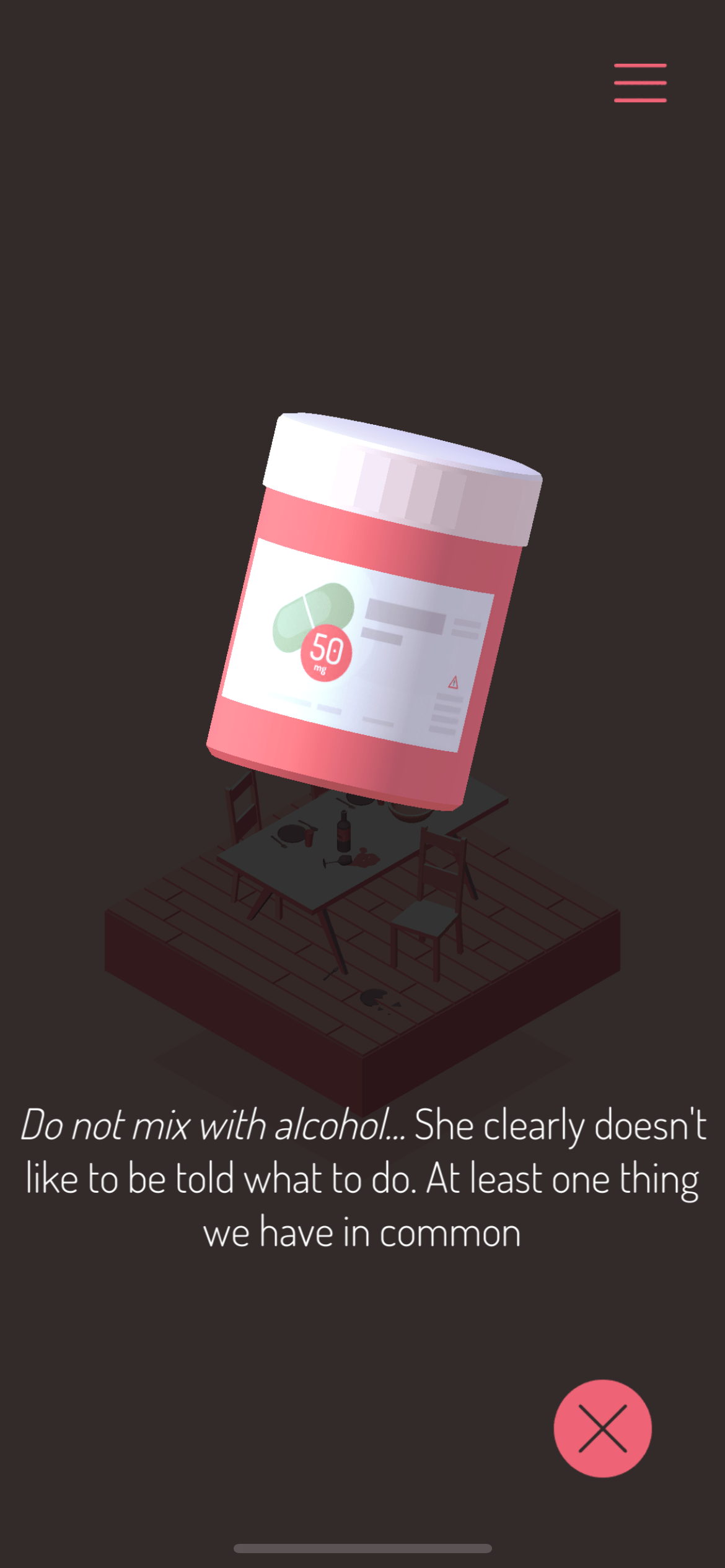
In addition to focusing the narrative arc, the mechanics of the puzzle also naturally guides the player through the puzzles. The player navigates through the puzzles in order without feeling like they are explicitly told what to do, and in what order to do them. The mechanic directly responsible for this effect is that the player is required to travel spatially through virtual rooms in order to complete the various puzzles. As seen in the screenshot below, in The Almost Gone, the player is restricted to only one room (or only one part of a room) at a time, limiting the player from accessing everything at once, and forcing them to travel. In order to unlock a door, obtain a combination, or break a window, the player must retrieve the key, combination, or crowbar (for example) from different locations. In doing so, the player also becomes more familiar with their environment, picks up more clues about the narrative, and often encounters the next puzzle. In one case, while looking for a key to one lock, I stumbled across another lock that needed a combination. This naturally told me that after the lock and key, my next puzzle might be getting the combination for the next lock. This spatiality that leads to discovery of the next step seems very intentional, rather than an unforeseen consequence, and it is very effective. I have had experience with other puzzle games, where after each puzzle I am unsure where to turn next. The Almost Gone avoids this problem using a clever restriction of spatiality and requiring players to travel to different locations and explore. Another consequence of this is an appeal to explorer gamers, since exploration plays a central role in The AlmostGone.
